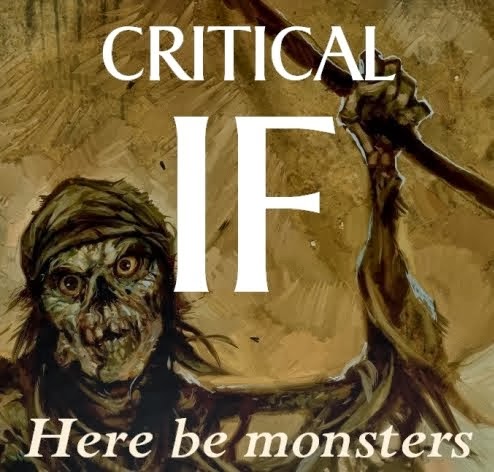
I had a Tekumel character who was one of the lowest of the low. Fie upon fashion – talent is all that counts.Ĭonan becomes a king, and in The Way of the Tiger gamebooks the character goes from being a lowly sewer rat to the headaches of running a kingdom. Almost all of John Whitbourn’s books are available right now, and the Binscombe Tales in particular are a perfect Christmas present for any lover of weirdness and wonder. I am quite sure that in the future his name will be mentioned in the same breath as those other masters of the genre.īut the good news is you don't have to wait for fickle fortune to spin her wheel. It may be over two decades since he garnered rave reviews in the Sunday Times and won prizes from the BBC and Gollancz, but he remains a towering talent whose position in the field is right alongside M R James, Saki, Algernon Blackwood, Arthur Machen and (another overlooked genius, this) A J Alan. The greatest living writer of English weird tales is John Whitbourn. Even a century from now somebody might come across Riddley Walkerand recognize it for the classic it is.

And, thanks to print-on-demand and ebooks, future generations ought to be able to find any work they want. Forsooth, even Shakespeare was out of style for a while. Gissing had a bit of a comeback in the ‘60s and I’m confident he’ll be discovered again. Luckily fashions change, and quality will out. So what are publishers releasing instead? Ten-volume fantasy potboilers that are all tricked up as wannabe Game of Thrones. Despite the success of his Lightbringers trilogy in the 1990s, when he returned to fiction recently with The Knight of the Fields – which I regard as one of the best fantasy novels I’ve ever read – he was told that it’s not in the current trend for the genre.

Our own Oliver Johnson got a taste of this hemlock cup. To name a few writers that I admire who nowadays are not as well known as they should be: George Gissing, Tanith Lee, Russell Hoban, Elizabeth Taylor, Michel Tournier.

It's not just an injustice, it's a tragedy because it means that readers may never get to hear about them, and therefore miss out on the pleasure they would get from their works. Surely it couldn't be.ĭoes anybody recognize these or the artists who drew them? Tékumel gamers like me are bound to look at that and think: Hirilákte. But, as Frost said about ice, these other contenders were also great and would have sufficed.Īnd yet - what's niggling at me is the stadium at bottom left in the second map. Stab me vitals.īy the time The Court of Hidden Faces came out we finally had Russ drawing the world map as we'd intended all along. And then they printed the west and east sides of the world the wrong way round in Over the Blood-Dark Sea. I can't remember who the editors hired in the end - neither of these guys, by the looks of it. Jamie and I looked at various map artists, all the while arguing that we really wanted Russ for the job. For some reason the editors didn't want Russ to do the world maps, perhaps because they were concerned at his workload as he was doing all the interior illustrations and the colour maps of the regions. My best theory is that they were samples sent to us by the editors at Pan Macmillan when the Fabled Lands books were originally in the planning stage. While clearing out (aka moving files of old papers from one shelf to another) I came across these two maps. Here's a mystery that maybe you can solve.

#KEYWORD CALCIUM FABLED LANDS SERIES#
Which is why Handspan has produced this album of tracks from the non-existent adaptation of The Dark is Rising and this theme from "In From The Fields", an imaginary kids' series in the manner of Garner or Masefield.Īnd for grown-ups who want to revisit the comforting nightmares of younger days, there's always Becky Annison's powerful one-shot game When the Dark is Gone. You feel as if all of these books should exist in 1970s BBC television adaptations, even if most of them don't. They tend to be set in the depths of winter, steeped in tales of the landscape, with lengthening shadows of mythic figures like Herne or Merlin bringing a chill of delicious danger to the sometimes stiflingly cosy world of childhood. The general tone of dark rural British folk fantasies with a psychogeographic tinge includes much of Alan Garner, John Masefield, and others. In my defence, the books came out when I was already in my teens, but they have been recommended by younger friends whose judgement I trust, so if you have children you might want to get hold of them. The Dark is Rising is one (well, five) of those kids' fantasy classics that I haven't read.


 0 kommentar(er)
0 kommentar(er)
